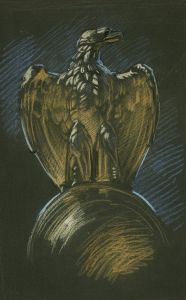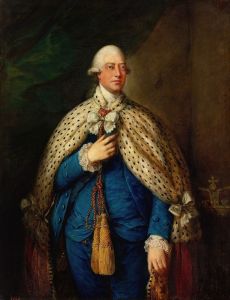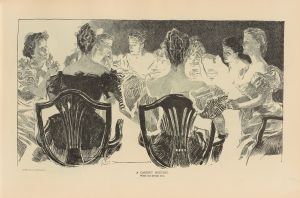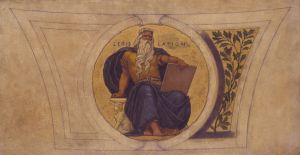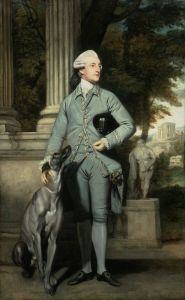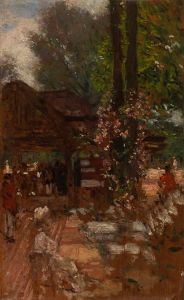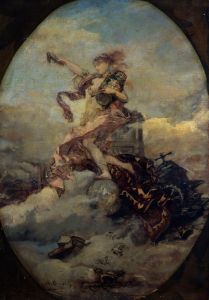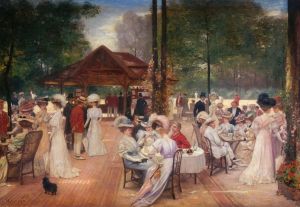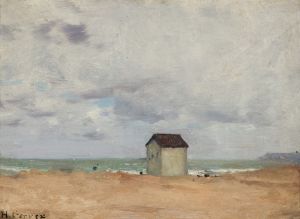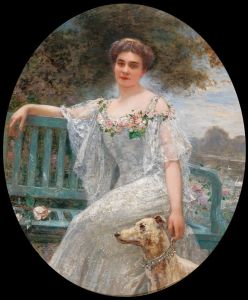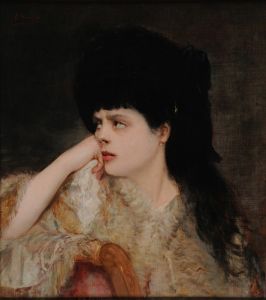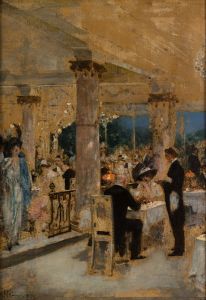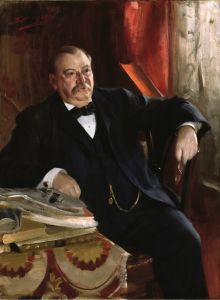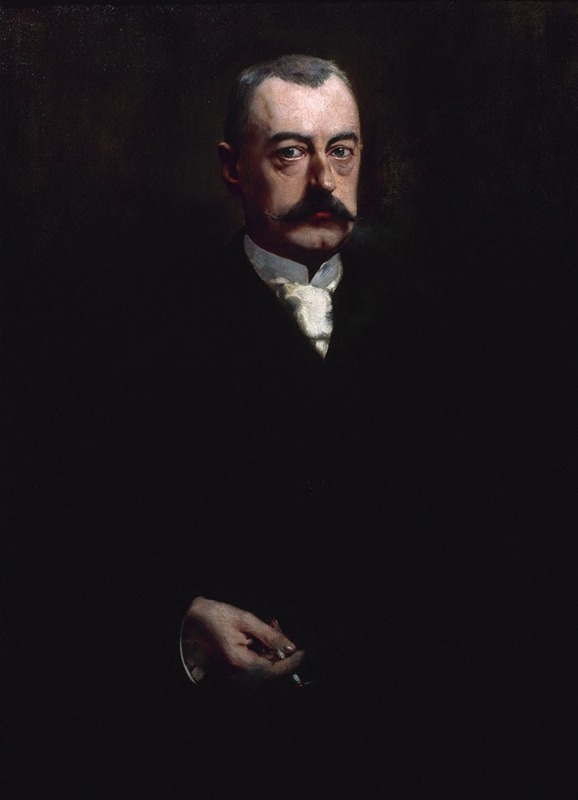
Portrait de Pierre Waldeck-Rousseau , homme politique
A hand-painted replica of Henri Gervex’s masterpiece Portrait de Pierre Waldeck-Rousseau , homme politique, meticulously crafted by professional artists to capture the true essence of the original. Each piece is created with museum-quality canvas and rare mineral pigments, carefully painted by experienced artists with delicate brushstrokes and rich, layered colors to perfectly recreate the texture of the original artwork. Unlike machine-printed reproductions, this hand-painted version brings the painting to life, infused with the artist’s emotions and skill in every stroke. Whether for personal collection or home decoration, it instantly elevates the artistic atmosphere of any space.
Henri Gervex's "Portrait de Pierre Waldeck-Rousseau, homme politique" is a notable painting that depicts the French statesman Pierre Waldeck-Rousseau. Painted by Henri Gervex, a prominent French academic painter of the late 19th and early 20th centuries, the work is a testament to the artist's skill in portraiture and his ability to capture the essence of his subjects.
Pierre Waldeck-Rousseau (1846–1904) was a significant political figure in France, serving as the Prime Minister from 1899 to 1902. He is remembered for his contributions to labor law and his efforts to stabilize the French Third Republic during a period of political and social unrest. The portrait by Gervex reflects Waldeck-Rousseau's stature and importance in French political history.
Henri Gervex (1852–1929) was a celebrated painter known for his historical and genre scenes, as well as his portraits. He trained under renowned artists such as Alexandre Cabanel and was influenced by both academic traditions and modern movements of his time. Gervex's works often exhibit a high level of technical skill and attention to detail, qualities that are evident in his portrayal of Waldeck-Rousseau.
The painting itself is characterized by its formal composition and realistic depiction of the subject. Waldeck-Rousseau is presented in a dignified manner, dressed in formal attire that underscores his role as a statesman. The use of light and shadow in the painting highlights the subject's facial features and conveys a sense of gravitas. Gervex's attention to detail extends to the textures of the clothing and the subtle expressions on Waldeck-Rousseau's face, capturing both his physical likeness and his personality.
The portrait is an example of the close relationship between art and politics during this period, as prominent figures were often immortalized in paintings to commemorate their achievements and influence. It also reflects the broader artistic trends of the time, where realism and academic techniques were employed to create works that were both aesthetically pleasing and historically significant.
Today, the painting is recognized as an important cultural artifact, offering insights into the life and legacy of Pierre Waldeck-Rousseau, as well as the artistic contributions of Henri Gervex. It serves as a reminder of the intersection between art and history, preserving the memory of a key figure in French political history through the medium of portraiture.





